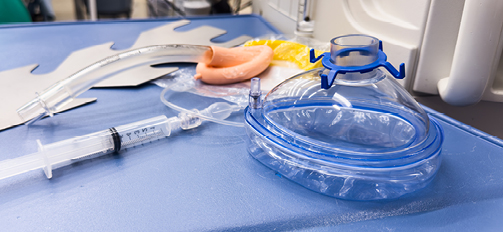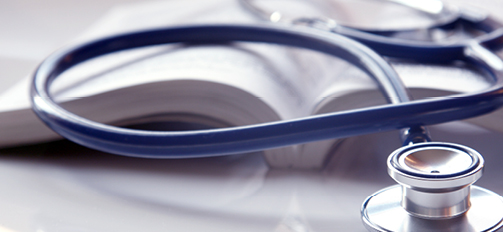National Registry Research Department

Feature

Evidence-Based Guideline for Prehospital Airway Management
The recommendations address the use of ventilation with bag-valve mask ventilation alone vs. supraglottic airways vs...
Read Full Article

Examining the Reliability and Validity of the ALS Certification ...
We demonstrate strong reliability and validity evidence to support that the integrity of the ALS examinations is upheld with the addition of..
Read Full Article

Layperson-Administered Naloxone Trends Reported in Emergency Medical Service Activations, 2020-2022
In this cross-sectional study, layperson-administered naloxone (LAN) rate increased from June 2020 to June 2022 as reported in the national EMS database. These findings help...
Read Full Article

A Proposed Theoretical Framework for Clinical Judgment in EMS
We propose a theoretical framework for clinical judgment in the prehospital setting that builds upon previously defined methodologies and applies them to the clinical practice of EMS clinicians throughout the EMS experience...
Read Full Article

Evaluating changes in the emergency medical services workforce: A preliminary multistate study
This was a comprehensive evaluation of both the certified and patient care EMS workforce dynamics (e.g., entry, leaving, staying) in 9 recertification states. This population-level evaluation serves as the first step for more...
Read Full Article

National examination of occupational hazards in emergency medical services
Occupational hazards, including violence, exposures, and injuries, are commonly experienced among EMS clinicians. Common mitigation efforts are associated with lower odds of reporting these hazards. These findings may present...
Read Full Article
Request Data or Work With Us

- Interested in collaborating with the National Registry Research team?
- Have a question or a data request about the National EMS Certification database?
- Please fill out this form below and follow the directions:
Learn more
The National Registry EMS Research Fellowship
Unique to the EMS profession the EMS Research Fellowship provides an opportunity for practicing EMS professionals to pursue a doctoral degree while actively contributing to the body of out-of-hospital knowledge. National Registry Research Fellows are full-time employees of the National Registry and receive fully funded tuition towards completion of an approved doctoral program at The Ohio State University.Interested in applying or learning more about the fellowship?
Contact:
Email: research@nremt.org or
Call: (614) 888-4484
Qualifications:
Required:- National EMS Certification (EMT level or higher)
- Bachelors degree in Statistics, Public Health or related field.
- Masters degree in Statistics, Public Health, or related field.
- One year of job-related experience.
EMS Workforce Survey

Help shape the future of the EMS community! We’re gathering insights to better understand the EMS workforce capabilities in times of need. Your feedback is invaluable in strengthening emergency response efforts. Please take a few minutes to share your perspective by completing our survey.
Learn more

